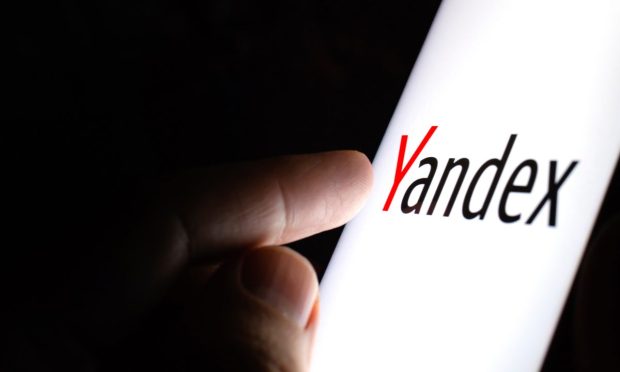Big Tech Weekly: Lithuania Asks Apple, Google to Delete Russia’s Yandex Ride-Hailing App

On the heels of Russia’s invasion of Ukraine, the Republic of Lithuania in the Baltic region of Europe has asked Google and Apple to remove access to Yandex. The ride-hailing service app is owned by the Russia’s Yandex.taxi and Uber, the transport and economy ministers said.
Yandex.taxi is not licensed in Lithuania. The service is provided by drivers who enroll via the app, the ministry said.
Some Russian Consumers Cut from Apple Pay, Google Pay
The sanctions on Moscow because of its attack on Ukraine continue to take its toll on customers of Russian banks who have been denied access by Google Pay and Apple Pay.
The banks that have been impacted include Russia’s Central Bank, VTB Group, Sovcombank, Novikombank, Promsvyazbank, and Otkritie FC Bank.
Microsoft, Telefónica Expand Partnership
Not all the news is connected to the war in Ukraine. Spanish telco company Telefónica announced an expanded global strategic relationship with Microsoft Corp. The deal is intended to allow the tech giants to focus on accelerating joint projects in the consumer market.
The initiatives will be oriented on crafting and commercializing new ideas for the home, based on Telefónica’s network capacities and tech platforms in different markets.
Microsoft Partners with VC Firms to Unlock $500M to Support 10K African Startups
At the same time, Microsoft has announced plans to support 10,000 startups in Africa through 2027 as it launches partnerships with incubators across the continent.
The company also said it plans to partner with venture capital investors to boost funding for startups in Africa by making $500 million available for potential investment.
Amazon Launches 10MW Solar Plant in South Africa
Not to be left out of the news this week, Amazon launched a 10MW solar power plant in the Northern Cape province of South Africa. This is the latest addition to the company’s its portfolio of more than over 270 global renewable energy projects.
The most recent addition covers more than 49 acres and 24,000 bifacial solar panels which gives them the ability to catch ray on both sides. The solar plant is expected to generate the yearly electricity consumption of 8,000 South African homes.
